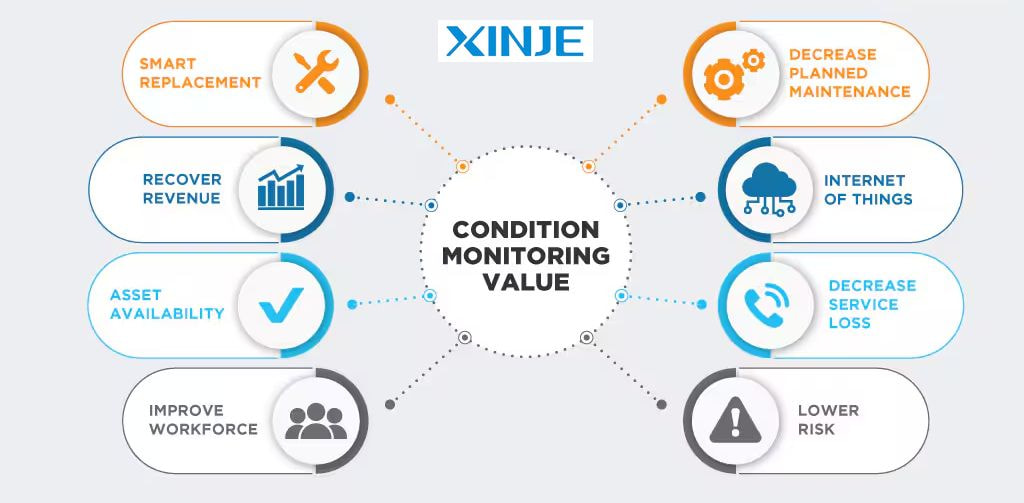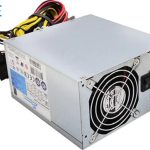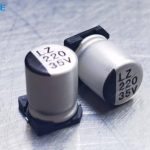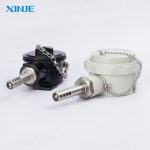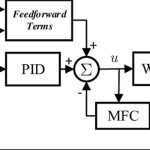In the dynamic industrial landscape of Malaysia, maintaining the optimal performance of machinery and equipment is paramount. Condition monitoring (CM) emerges as a critical practice, enabling industries to oversee the health of their assets and preempt potential failures. By implementing CM, Malaysian industries can enhance efficiency, reduce downtime, and achieve cost savings.
Condition monitoring is a proactive maintenance strategy that involves the continuous or periodic assessment of equipment’s operational parameters to detect signs of wear, degradation, or impending failure. By analyzing data such as vibration, temperature, and pressure, CM facilitates timely interventions, preventing unexpected breakdowns and extending the lifespan of assets.
What elements does condition monitoring include?
Condition monitoring (CM) involves a multi-faceted approach that includes various key elements, each designed to gather, analyze, and interpret data to detect potential problems early. By utilizing a combination of sensors, tools, data analytics, and monitoring systems, CM helps industries maintain their assets efficiently and effectively. Below, we explore the primary components that make up a comprehensive condition-monitoring system:
- Data Acquisition: Utilizing sensors and measurement tools to collect real-time data on various equipment parameters.
- Data Processing: Employing software systems to process and analyze the collected data, identifying patterns or anomalies indicative of potential issues.
- Diagnostics: Interpreting the processed data to determine the root cause of any detected anomalies.
- Prognostics: Predicting future equipment behavior and potential failures based on current and historical data trends.
- Maintenance Planning: Developing and scheduling maintenance activities informed by diagnostic and prognostic insights to address identified issues proactively.
Where can condition monitoring be applied?
Condition monitoring is now applied in many different fields both in industry and in life, some common applications are:
- Manufacturing: Ensuring the reliability of production machinery to maintain continuous operation and product quality.
- Oil and gas: Monitoring critical equipment such as pumps and compressors to prevent failures that could lead to safety risks or environmental incidents.
- Power generation: Monitoring turbines and generators to optimize performance and prevent costly power outages.
- Transportation: Maintaining the operating condition of locomotives and other transport machinery to ensure safety and efficiency.
What types of Condition Monitoring are there?
Condition monitoring (CM) encompasses a wide range of techniques and technologies, each tailored to assess specific aspects of machinery and equipment health. These methods help identify early signs of wear or failure, enabling businesses to take proactive measures. There are many different types of condition monitoring used in various industries, highlighting their benefits and applications.:
- Vibration Analysis: Detecting imbalances, misalignments, or bearing failures through vibration patterns.
- Infrared Thermography: Identifying thermal anomalies that may indicate issues like overheating or insulation failures.
- Ultrasonic Testing: Using high-frequency sound waves to detect leaks, cracks, or material thickness variations.
- Oil Analysis: Assessing lubricant properties to detect contamination or wear particles, indicating internal component degradation.
- Electrical Testing: Monitoring electrical parameters to identify issues such as insulation breakdowns or electrical imbalances.
What are the advantages of condition monitoring?
Implementing condition monitoring (CM) in industrial systems offers benefits that go beyond simple equipment maintenance. It allows businesses to take a proactive approach, improve operational efficiency, reduce costs, and ensure safety. An in-depth exploration of the advantages of condition monitoring::
- Early Fault Detection: Identifies potential issues before they escalate, allowing for planned maintenance and avoiding unexpected downtime.
- Cost Savings: Reduces unnecessary maintenance activities and prevents costly emergency repairs.
- Extended Equipment Lifespan: Proactive interventions help in maintaining equipment in optimal condition, thereby extending its operational life.
- Enhanced Safety: By preventing catastrophic failures, CM contributes to a safer working environment for personnel.
- Improved Efficiency: Ensures that machinery operates at peak performance, leading to increased productivity and product quality.
What challenges has Condition Monitoring faced?
Despite its significant benefits, implementing condition monitoring (CM) is not without challenges. Many industries face barriers to fully integrating CM into their operations due to a combination of technical, financial, and operational factors such as:
- Initial Investment: The cost of setting up CM systems, including sensors and analytical tools, can be substantial.
- Data Management: Handling and interpreting large volumes of data require sophisticated software and skilled personnel.
- Integration Complexity: Incorporating CM into existing systems may pose technical challenges, necessitating customized solutions.
- Skill Requirements: Effective CM implementation demands trained professionals capable of analyzing data and making informed maintenance decisions.
Conclusion
Condition monitoring stands as a vital practice for Malaysian industries aiming to enhance operational reliability and efficiency. By understanding its components, applications, and the challenges involved, organizations can effectively implement CM strategies, leading to significant long-term benefits. Embracing condition monitoring safeguards assets and propels industries toward a more sustainable and productive future.

